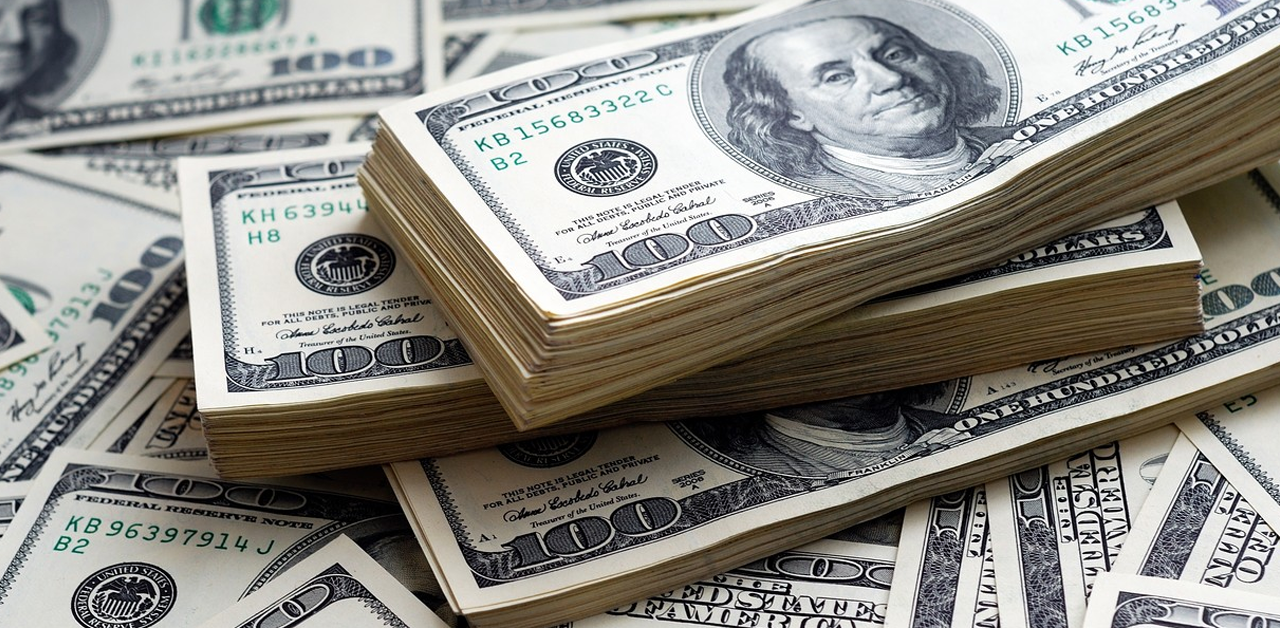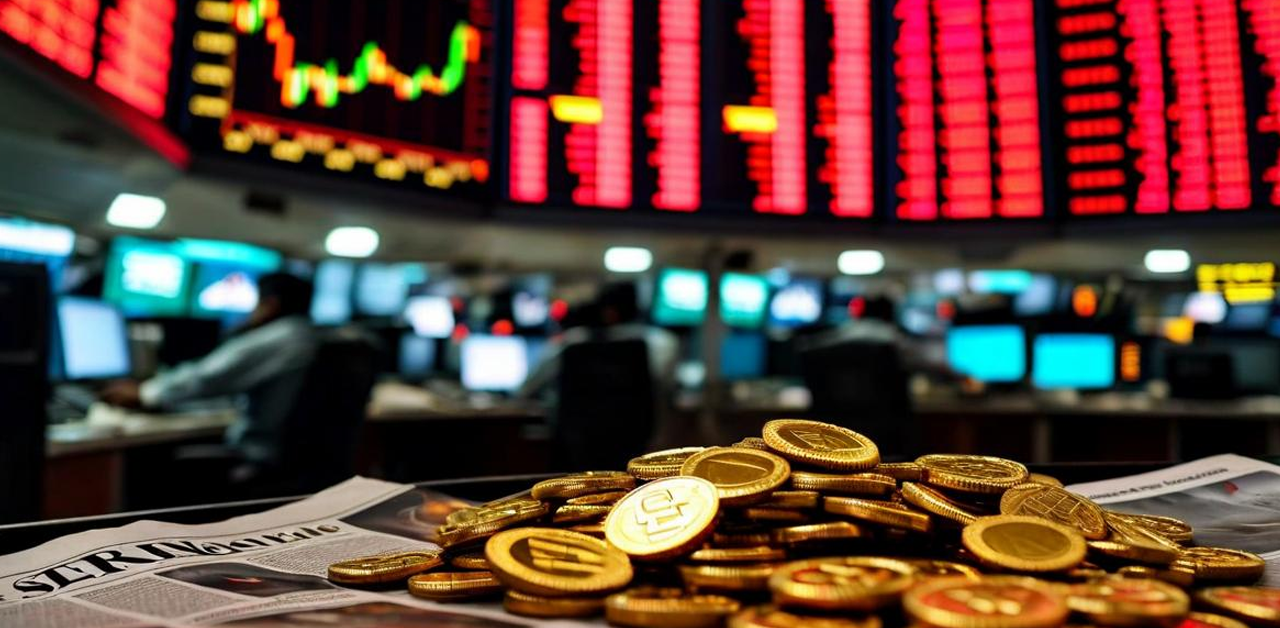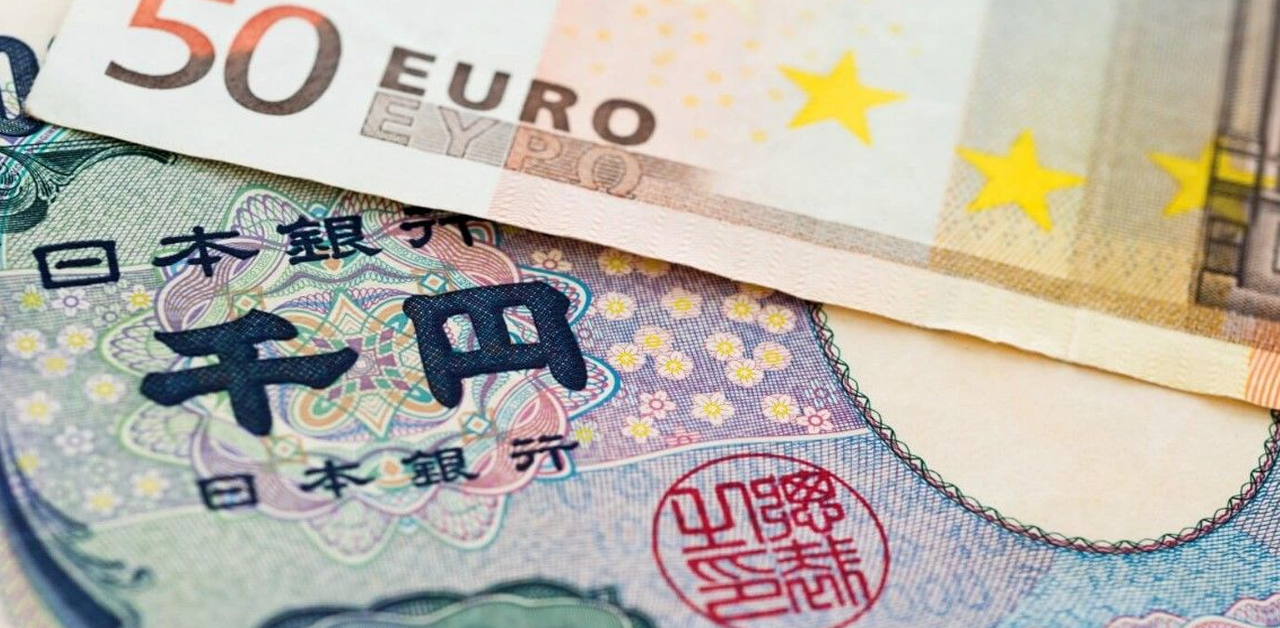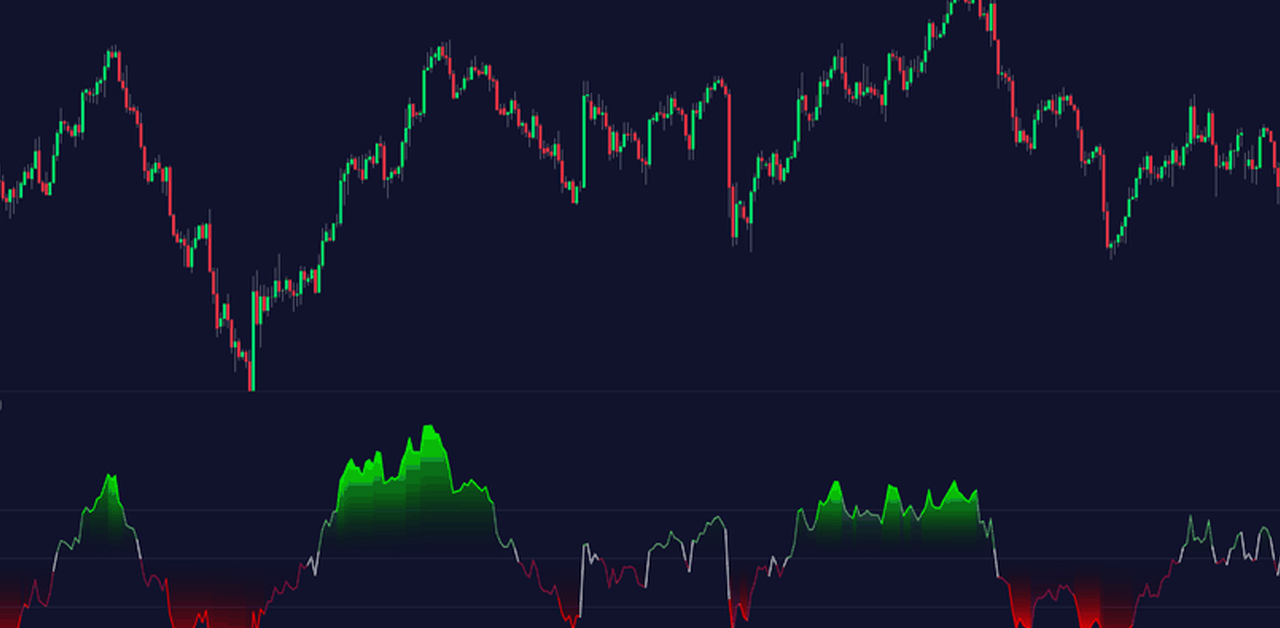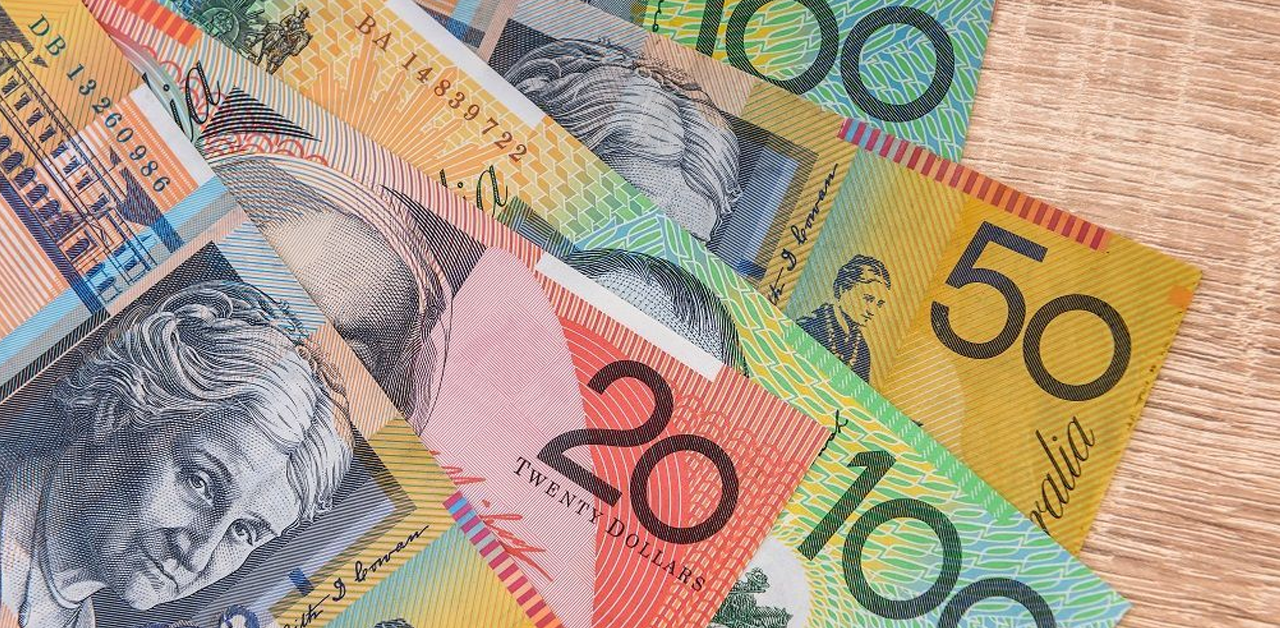Stock and oil prices fall as Omicron threatens growth
Asian stocks fell to a one-year low on Monday and oil prices fell nearly 3% as an increase in Omicron COVID19 cases caused tighter restrictions in Europe and threatened to flood the economy. Beijing eased the mood somewhat by cutting its one-year lending rate during a 20-month freeze, although some also hoped for a five-year rate easing. China’s top equities still fell 0.9%, while the MSCI index for non-Japan Asia Pacific equities fell 1.5% to the lowest level of the year. Japan’s Nikkei Stock Average fell 2.0% and South Korean stocks fell 1.5%. Wall Street was not exempted as S & P 500 futures lost 0.9% and Nasdaq futures lost almost 1%.
50 EUROSTOXX futures lost 1.6% and FTSE futures fell 1.3%. The spread of Omicron saw the Netherlands lock its doors on Sunday and put pressure on others to follow, although the United States appeared poised to open. “The soon-to-be Grinch Omicron stole Christmas from Europe,” said Tapas Strickland, chief economist at NAB. “With Omicron cases doubling every 1.53 days, the possibility of the hospital system being overwhelmed even with an effective vaccine remains. While coronavirus restrictions dim the outlook for economic growth, they also run the risk of keeping inflation high and making central banks even more hawkish. It should be noted that Federal Reserve officials have been openly talking about raising interest rates as early as March and starting to shrink the central bank’s balance sheet by mid-2022.
This is even more drastic than implied by futures contracts, which have so far preceded a lot of the Fed’s intentions. The market only assesses a 40% chance of a price increase in March, with June still being the preferred month to take off. Such talk by the Fed was one of the main reasons long-term Treasury yields fell in the week before short-terms rose. That brings the two to 10-year curve near its flattest level since late 2020, reflecting the risk that tighter policy could lead to a recession.
BofA economists see this risk as the reason for the drop in prices per share, even though their latest survey of fund managers shows only 6% of a recession is expected next year and only 13% is below weighted per share. Most are still technologically overwhelmed, with “long tech” still being considered the most congested commercial sector. They also note that in 2021, the winners are oil with a 48% gain, REITs with a 42% gain, Nasdaq with a 25% gain and banks with a 21% gain. Losers included biotechnology, down 22%, while China also lost 22%, silver 19% and JGBs 10%.
This was the best year for commodities since 1996 and the worst for global government bonds since 1949. On Monday morning, the US 10-year bond yield fell to 1, 37% and well below the 2021 peak of 1.776%. The Fed’s hawkish turn, combined with safe-haven flows, supported the US dollar index near its best of the year at 96.674, after gaining 0.7% on Friday. The euro is weakening at $1.1243, after losing 0.8% on Friday to threaten a year low of $1.184. The Japanese yen has its own safe-haven status and has held steady at 113.49 per dollar.
The pound sterling fell to $ 1.3224 as it worried that Omicron would cancel its profits after an unexpected rate hike by the Bank of England last week. After breaking five weeks of losing streak when stocks fell last week, gold looked strong at $ 1,801 an ounce. Oil prices fell due to concerns that the surge in Omicron variants would slow fuel demo and show signs of improved supply. Brent fell $ 1.91 to $ 71.61 a barrel and US crude fell $ 2.09 to $ 68.77 a barrel.



